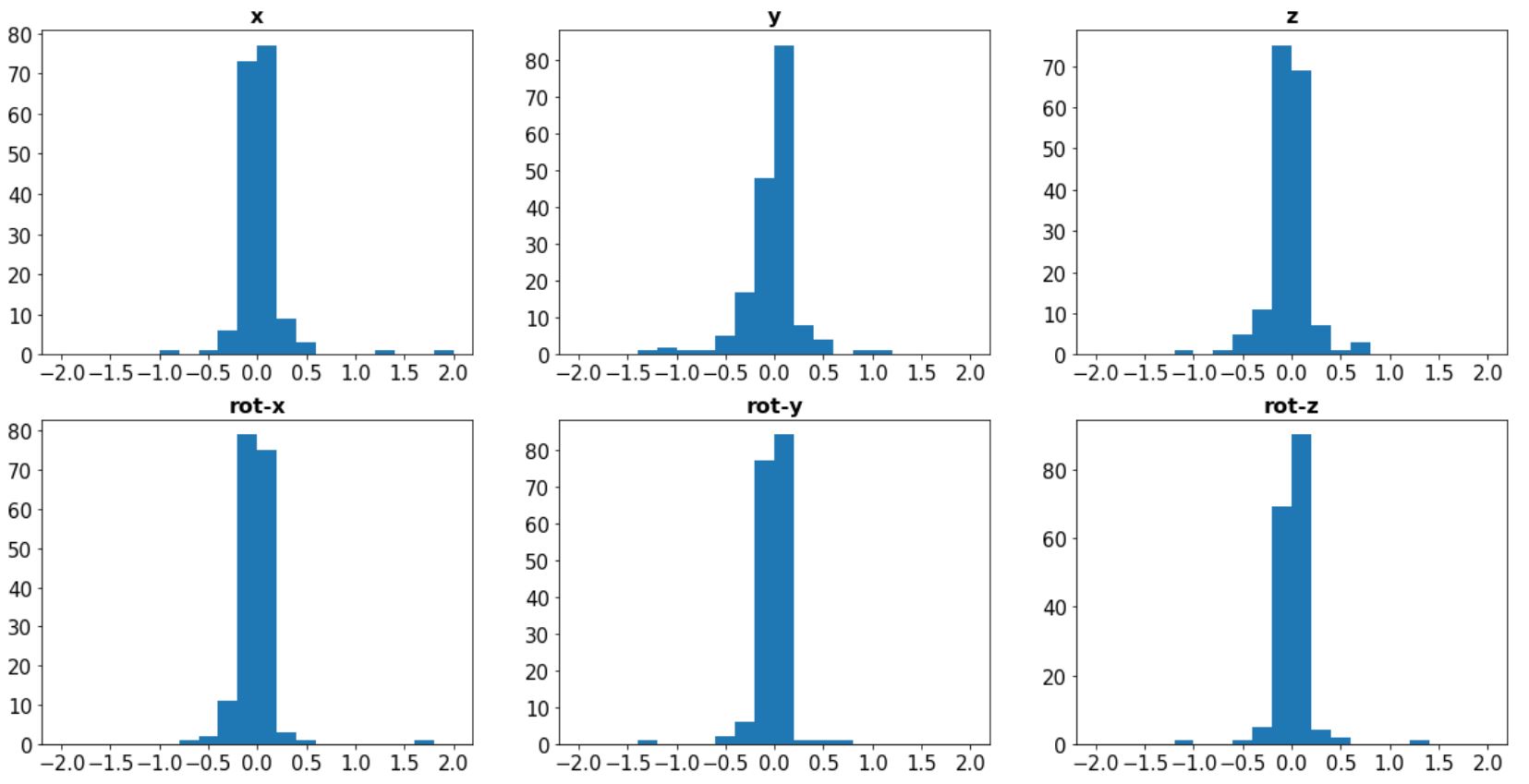Surface-guidance effectiveness in intracranial treatments with a closed immobilization mask
Adrian Gutierrez,
Belgium
PO-1871
Abstract
Surface-guidance effectiveness in intracranial treatments with a closed immobilization mask
Authors: Adrian Gutierrez1, Kyra Van Santvoort1, Thierry Gevaert1, Marlies Boussaer1, Tim Everaert1, Mark De Ridder2
1UZ Brussel, Radiotherapy, Brussels, Belgium; 2UZ Brussel, Radiotherapy, Brussel, Belgium
Show Affiliations
Hide Affiliations
Purpose or Objective
Surface guidance (SG) is used in combination with IGRT for patient positioning and monitoring during radiotherapy. In the case of intracranial treatments, especially stereotactic radiosurgery, the use of a closed immobilization mask is a common practice. These devices prevent patient motion but also hinder the task of tracking their external anatomy. The purpose of this study was to evaluate the effectiveness and the added value of surface tracking in detecting intra-fraction errors when immobilization devices are in place.
Material and Methods
Patient positioning information was obtained with stereoscopic x-rays (ExacTrac Dynamic, Brainlab, Munchen, Germany) taken when the gantry angle allowed image acquisition, providing 6DOF position information by comparing the x-ray with a set of DRR generated from the planning CT. The SG system obtains 6DOF information by continuous comparison of a ROI on the patient’s surface with a reference acquired after performing IGRT. In total, 173 snapshot verifications using stereoscopic X-rays and ST corresponding to 50 fractions of treatments including brain FSRT and SRS were analyzed. Discrepancies between errors measured by both systems were computed for all directions and all rotations.
Results
Mean absolute differences between x-rays and SG across all verifications were 0.13 mm (SD 0.24), -0.18 mm (SD 0.22) and -0.12 mm (SD 0.16) for the lateral, longitudinal and vertical directions, and -0.10° (SD 0.16), -0.07° (SD 0.13) and 0.09° (SD 0.15) for pitch, roll and yaw respectively. Absolute differences stayed below 0.4mm for all directions in 90% of the snapshots. Paired t-tests showed some correlation between the variables for lateral and vertical directions but no statistical significance for paired t-test or Wilcoxon tests was found for the data analyzed.

Figure 1 - Computed differences (mm and °) between positioning errors detected by stereoscopic x-rays and surface tracking. 173 verifications included. X, y, z correspond to lateral, longitudinal and vertical and rot-x, rot-y and rot-z to pitch, roll and yaw.
Conclusion
Surface guidance on intracranial treatments can help reduce the dose related to setup imaging and can identify patient motion during irradiation before verification imaging is triggered, even with immobilization devices in place. X-ray imaging should remain as a means to accurately verify and correct patient position.